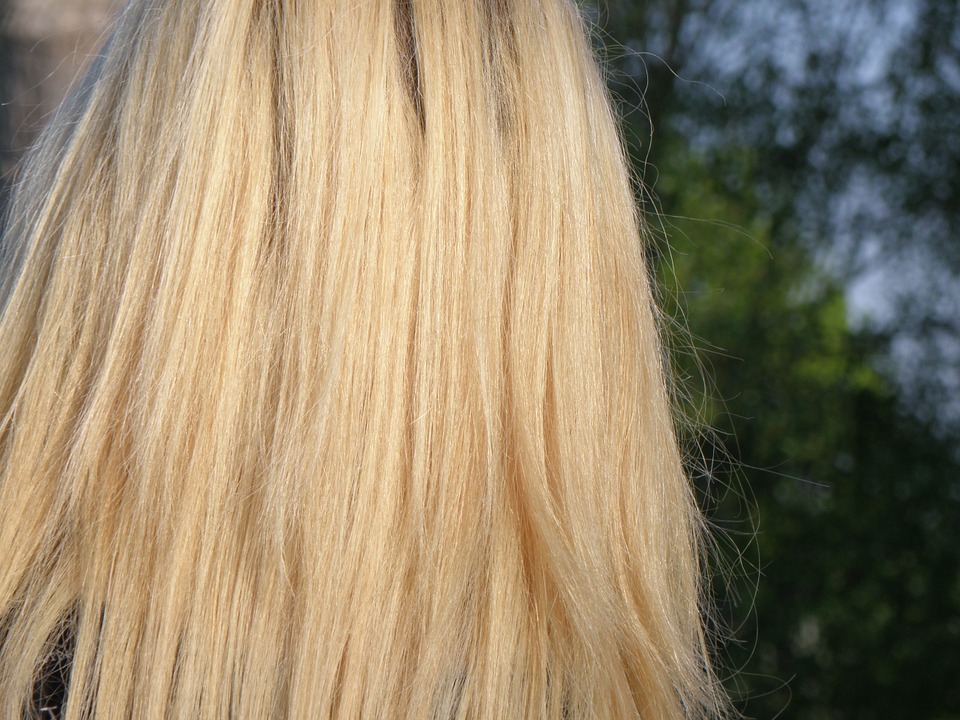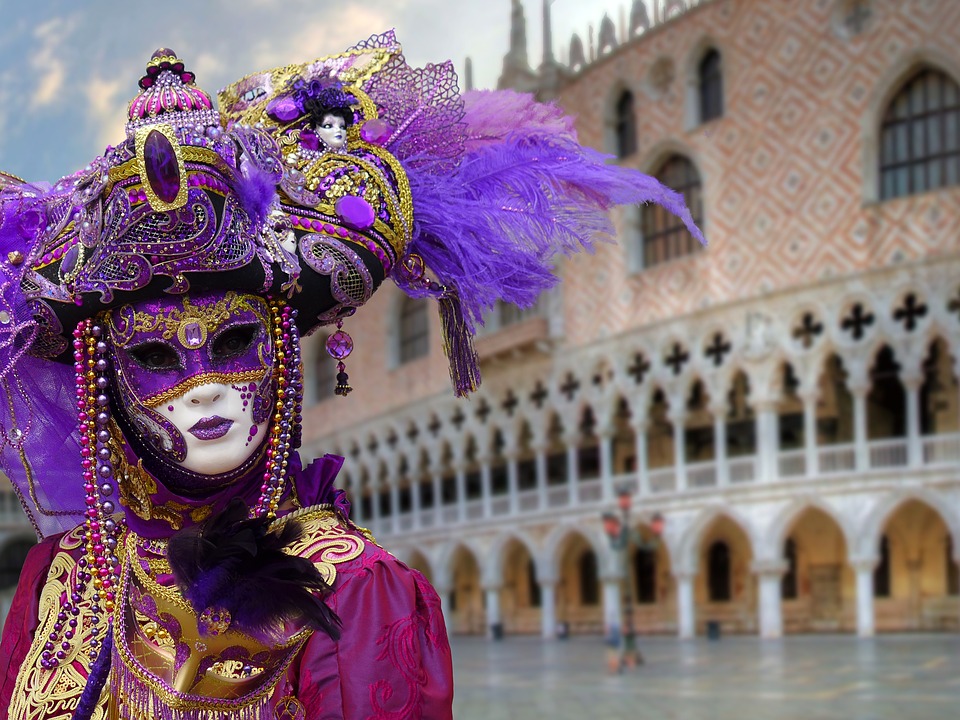
Italian Venice has long been famous not only for its Mediterranean climate and ancient monuments, but also for its venetian women. Even on an ordinary tour of the city you will be told about Venice itself, and about the freedom-loving poet Veronica Franco, about whose life even a Hollywood film was made.
We decided to look into the peculiarities of life of venetian beauties. It turns out that behind the secrets of irresistible look of modern Italian women lies a whole history, which has its roots deep in the centuries.
Venetian women used beauty guides
- The beauty ideal of medieval women is somewhat different from that of today: the fashionable women of the late Middle Ages valued a pale complexion, a tiny nose and blond hair. To achieve maximum conformity with the fashion trends of the time, girls, like us, used a variety of beauty guides.
- The modern Cosmopolitan was replaced by the works of Avicenna and the female physician Trotula, whose works on the maintenance of youth and health were incredibly valuable during the Renaissance period, to medieval beauties.
One of the main trends in Venice was the bleaching of hair

Venetian women used to be as weird as they could with makeup. To make their hair lighter they would mix the breast milk of a male infant with saffron and apply it to their heads. Whether such a “dye” helped medieval beauties is hard to say, but the fashion for hair lightening still reigned for a long time in those days.
Girls were trying to lighten their skin in every possible way
Sometimes the desire to achieve perfect facial and body beauty led to strange and sometimes even dangerous recipes. For example, to “make the eyes black,” fashionable women were offered to mix the juice of sweet pomegranates with the flower and juice of millet and rub this mixture over the eyes. To lighten the skin, beauties were advised to wash with donkey’s milk, wipe their faces with salmon and even pig fat.
Venetian women wore chopines
- To emphasize not only their beauty but also their social status, they wore special shoes called chopines which were famous for the size of their platform and helped noble women keep their clothes from getting dirty.
- Sometimes the height of venetian shoes was up to 50 cm. And sometimes the medieval beauties had to rely on the servants to move around safely. It is believed that women who wore chopines had an extremely unstable gait and walked literally on stilts.
Girls wore their hair with horns and dresses with necklines
- The extravagance of venetian fashion wasn’t limited to choppers: around the same time, fashionistas began supplementing their looks with pointy bustiers and horn hairstyles.
- When all over Italy women were obliged to wear modest dresses without a hint of cleavage, in Venice extravagant outfits were only beginning to gain frantic popularity. Here the most fashionable dresses were allowed to be worn even by widows, and such behavior was a real sensation for the Middle Ages.
The length of the skirt of a Venetian woman spoke of her status
The length of a fashionista’s skirt also mattered and indicated her position in society. Because of the high cost of fabrics only the nobility wore long skirts, girls of modest means had to make do with very short dresses. Today’s popular miniskirts in medieval Venice would have been considered a sign of deep poverty of their owners.
Girls in Venice loved fans and masks
A fan of a venetian fashionista is not only a useful accessory, but also a means of emphasizing her social status. An elegant white fan informed others that its owner had recently married. A richly painted fan symbolized the experience and solvency of a woman.
Another type of accessory, the venetian masks, became especially popular during the famous carnivals in Italy. It is said that even the nuns in the monasteries wore masks: the ladies were allowed to dance with the men in them.
Venetian women had to be able to sew and weave
Renaissance ladies who respected the fullness of a woman’s body would probably have been horrified by modern fashion for a slim figure. The sedentary lifestyle of these medieval beauties may have contributed to their weight gain, since they were required to spend most of their time sewing and weaving.
Venetian girls were the freest in medieval Europe
Despite the patriarchal mores of venetian society, local women were accorded far greater rights than their foreign counterparts. For example, women were free to dispose of their property, appointed teachers for their children without the help of their husbands, and expressed their opinions directly to the public.
Women in Venice were respected for their work
Elena Lucrezia Cornaro Piscopia was the first woman in history to become a doctor of philosophy.
- The freedom of venetian women is astounding: as early as the Middle Ages, women had the right to found convents and hospitals, work in manufactories, become nurses and singers.
- Almost the most honored woman of Venice is considered to be Elena Lucrezia Cornaro-Piscopia, who became the first woman in the history of mankind, who received the degree of Doctor of Philosophy.





















